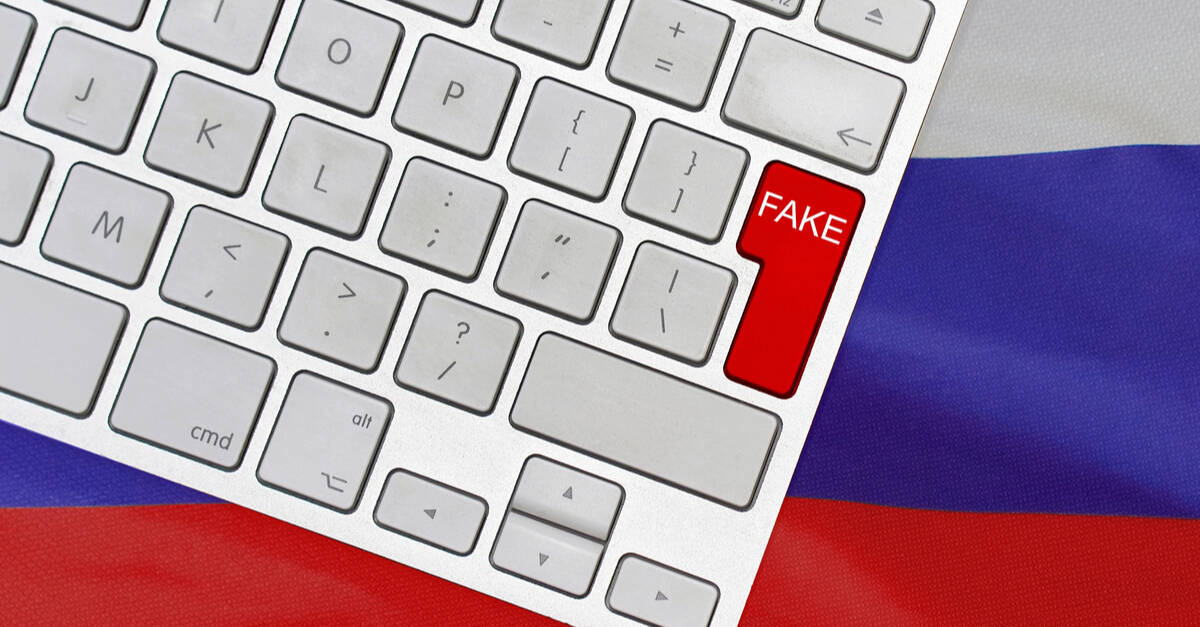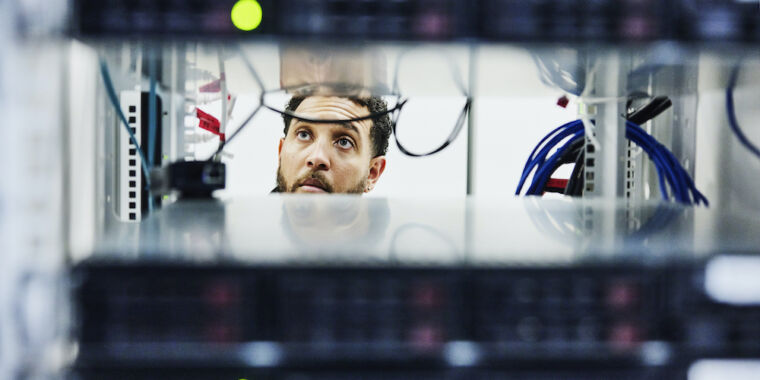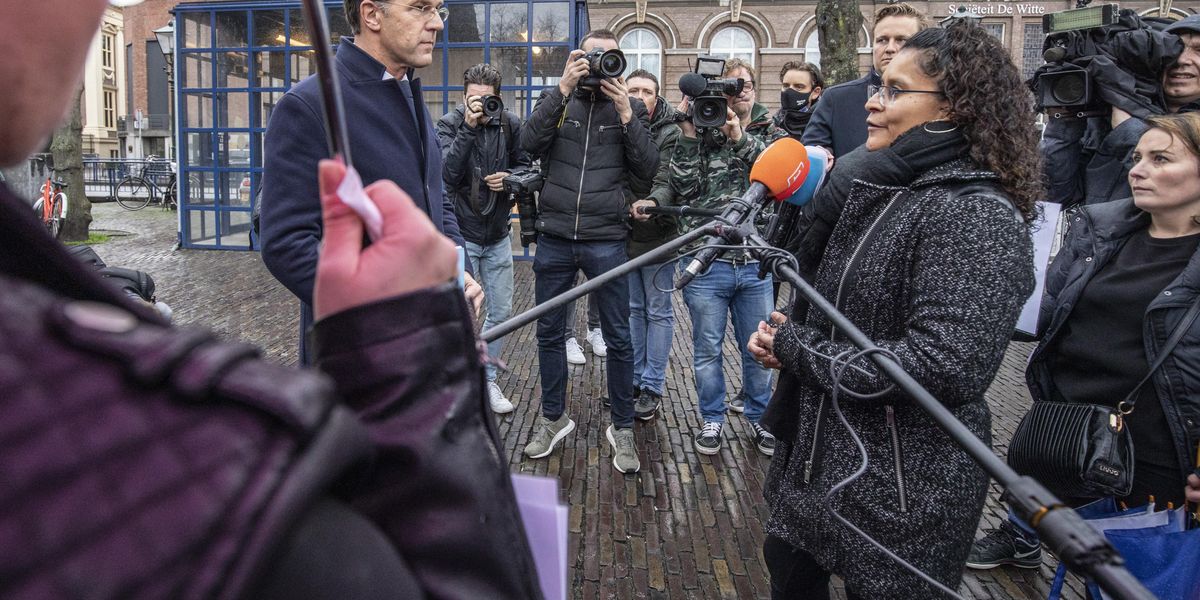JR49
Respected Leader
Mielenkiintoista on ollut seurata tiedotusvälineiden "joukkohysteriaa", mikä tällä kertaa toimii maanpuolustuksen hyväksi.
Vastaavia juttuja on ollut vaikka miten monta. En ole suomalaisten enemmistön maanpuolustustahdosta huolissani, näkeehän sen jo hallituksemme ryhdistäytymisestäkin, mutta tällaiset jutut saavat varmasti pohdintaa aikaan sen horjuvan vähemmistön mielissä.
Niitä on paljon, jotka ovat ratkaisujaan perustelleet sillä, että "ei tartte, ei koske minua, ei sotaa tule, kuka tänne nyt hyökkäisi". Näiden velvollisuudentuntoisten isänmaanystävien toiminta, että lähdetäänkin sotaa kohti, eikä poispäin, antaa miettimistä.
Tähän mennessähän on ollut tapana, ja tästä ovat otsikot kirkuneet yhtä lailla, että jätetään naiset ja lapset sodan keskelle ja lähdetään itse pakolaisiksi. Se on ollut hyväksyttävää median genressä. Nyt tuli toinenkin vaihtoehto miten toimia.
https://www.hs.fi/ulkomaat/art-2000008654377.html
Vastaavia juttuja on ollut vaikka miten monta. En ole suomalaisten enemmistön maanpuolustustahdosta huolissani, näkeehän sen jo hallituksemme ryhdistäytymisestäkin, mutta tällaiset jutut saavat varmasti pohdintaa aikaan sen horjuvan vähemmistön mielissä.
Niitä on paljon, jotka ovat ratkaisujaan perustelleet sillä, että "ei tartte, ei koske minua, ei sotaa tule, kuka tänne nyt hyökkäisi". Näiden velvollisuudentuntoisten isänmaanystävien toiminta, että lähdetäänkin sotaa kohti, eikä poispäin, antaa miettimistä.
Tähän mennessähän on ollut tapana, ja tästä ovat otsikot kirkuneet yhtä lailla, että jätetään naiset ja lapset sodan keskelle ja lähdetään itse pakolaisiksi. Se on ollut hyväksyttävää median genressä. Nyt tuli toinenkin vaihtoehto miten toimia.
27-vuotias Andri jätti työnsä kokkina päästäkseen sotaan: ”Tämä on meidän maamme, ja olen valmis kuolemaan sen puolesta”
”Kyse on maastamme. Ukrainalaisilla on vahva kansallinen identiteetti, ja olemme valmiita kuolemaan maamme puolesta”, sanoo taisteluun lähtevä perheenisä.https://www.hs.fi/ulkomaat/art-2000008654377.html









